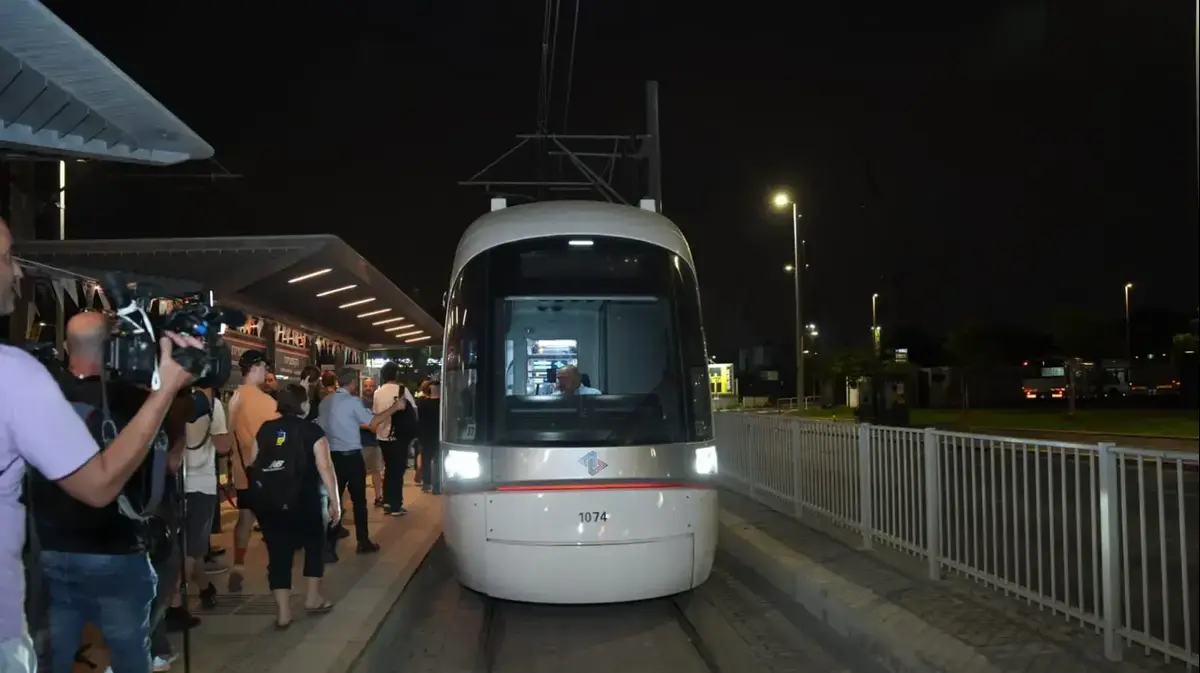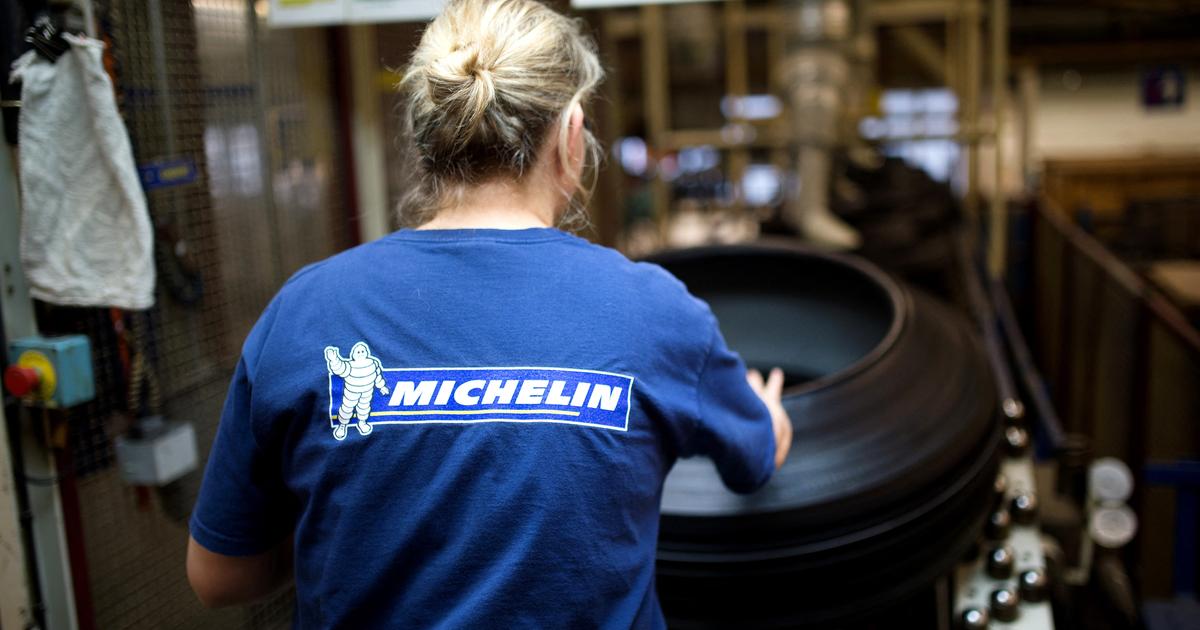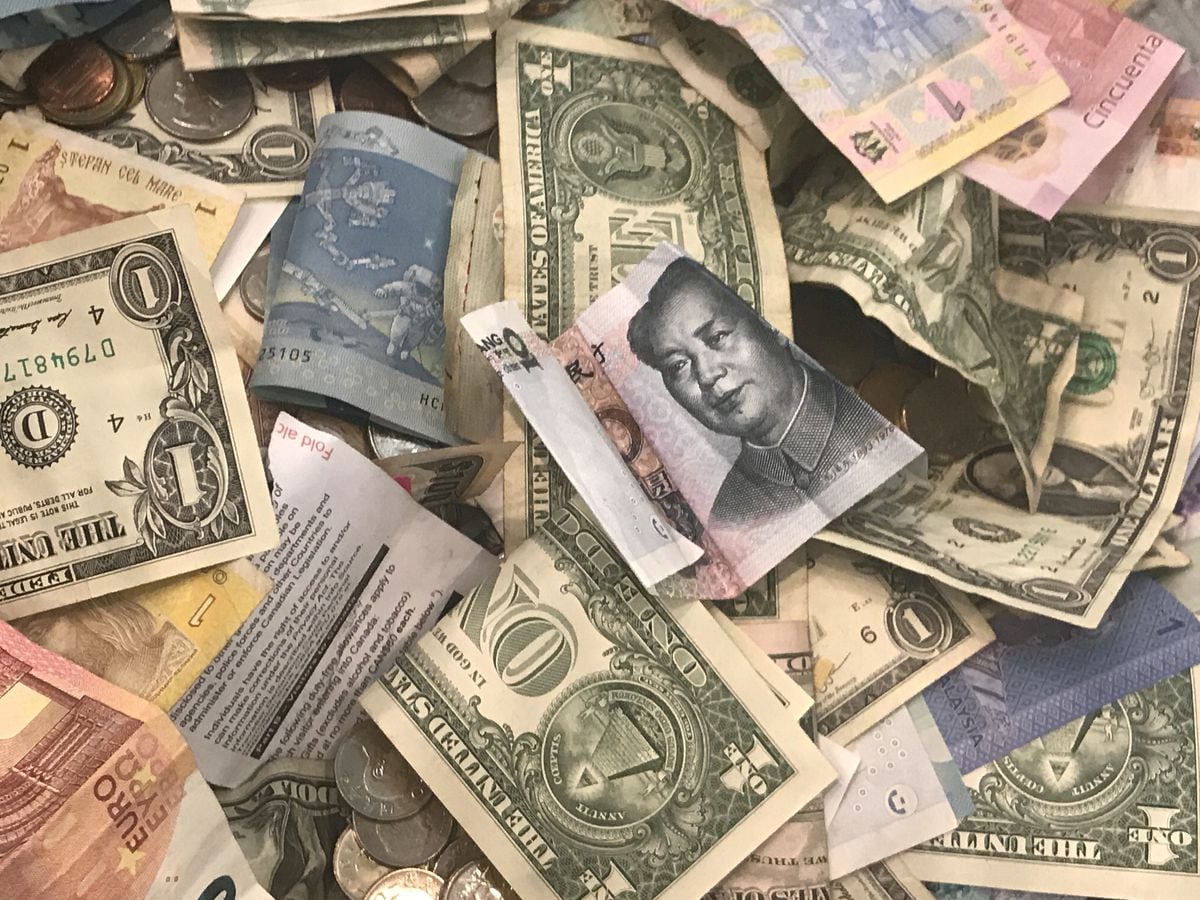Tel Aviv: high socioeconomic status and high life expectancy, but also a high rate of residence among young people (Photo: Reuven Castro)
Those who insist on living in Tel Aviv, where the average socioeconomic index is 8 and the life expectancy is 83.1 years (with a feeling of depression of 25.1%, among those aged 20 and over according to the CBS), are required in the third quarter of 2022 for 244 months of gross salary On the national average, to purchase an apartment compared to 194 months of average salary for the whole year 2020, an increase of 50 months of salary in a short time.
This dramatic increase points to the real estate bubble that is about to burst, mainly in the center of the country where mostly hit-makers live who enjoyed huge exits and high wages alongside them. The exits disappeared as if they were not there and only the high wages remain. The satisfaction with the apartment in Bat Aviv is about 83% compared to 87% in the national average. Tel Aviv has a medium score in the quality of life index according to a recent publication of the CBS.
The red line of the light rail.
Turned Bat Yam into a neighborhood in Tel Aviv (Photo: Reuven Castro)
Here comes the train
How did it happen that in Bat Yam, a social periphery, not a geographic one, a low socio-economic periphery in ranking 5, with a low overall score in the quality of life index, in the third quarter of 2022 - for the purchase of an apartment - 208 months of work were required compared to 135 months of work on average back in 2020?
This is a tremendous leap of another 73 months of work, which means that about 6 more years of work were added between the periods.
What led to this is that, Bat Yam, a city ranked low in terms of per capita income (the median income for work of a household is NIS 9,600 compared to a national figure of NIS 16,800), with one of the lowest life expectancies in Israel, only 81.1 years, undergoes a tremendous jump and in a short time, the cost of purchasing Apartment?
How did Bat Yam pass for the first time, perhaps never, her neighbor Holon in the cost of purchasing an apartment, according to the number of months of work?
The answer is that in Bat Yam, where 18% of the residents feel depressed (much less than Tel Aviv), 9 stations of the light rail, on the red line which will start operating soon, will be operating already in the middle of the year.
In Holon, a city with much more education and purchasing power (socio-economic ranking 7, life expectancy 82.6 years, but a feeling of depression of about 25% among its residents and an overall quality of life index still low), an apartment requires 169 months of work compared to 148 months of work in 2020, respectively , an increase of only 21 months of salary between the periods?
The difference is due to the fact that the green line of the light rail with 7 stations in Holon, which should leave from Rishon to the Holon waypoint for Tel Aviv, does not start at all according to the hour, due to a failure of planning and budgets.
The opening date of the green line is not at all clear.
The score right now is that the reds beat the greens.
The price of an apartment in Petah Tikva where the red line comes from and where 18% feel depressed, increased to 183 months of work from 147 months of work back in 2020. The conclusion, if there is a light rail line and fewer depressed residents, the price of apartments soars.
The ultra-orthodox city that will also benefit from the benefits of the Red Line light rail, Bnei Brak, has declined in recent years in the quality of life index:
It is more crowded than ever, with no real oversight by the municipality on the original outlines of houses and apartments, which grow everywhere as if they were a saber bush.
The cost of an apartment in Bnei Brak increased to 171 months of work at the national average salary - not necessarily the average salary of Bnei Brak residents... from 135 months of work, an increase of another 36 months of salary between the periods.
Ramat Gan is also on the red line, a city that has always been in demand, with a high overall quality of life, even before the red line was taken over, requiring 226 months of work compared to 183 months of work, an increase of 43 months of work at an average salary.
The rate of depression in Ramat Gan is 21.6%.
The jump in Petah Tikva, from where the Red Line departs (or returns to), was to 183 months of work from 147 months of work, an increase of 36 additional months of work, that is, three additional years of work.
Rishon Lezion with the highest quality of life in Israel according to the CBS, which is still dreaming of the green line like Holon, increased the cost of working months to 188 months from 152 months, an increase of only 36 months, an increase of exactly half the number of months required Compared to the immigration in Bat Yam.
In Rishon, Internet usage is over 96% compared to 90% in my country, secondary and higher education 72% compared to 51% in my country, a feeling of depression among the public only 17.5% compared to 22.4% in my country, all these did not help the prices of apartments to jump at a particularly sharp rate.
That is, the conclusion is in the case of Rishon Lezion, if there is no light rail there is no drastic increase in the price of the apartment in terms of months of work, one and the same.
More in Walla!
The intriguing process of recycling metal packaging
In cooperation with the Tamir Recycling Corporation
Ashkelon.
An increase of 27 monthly salary in apartment prices (Photo: ShutterStock)
Beyond the green line
Those who fled to Ashkelon with a socioeconomic rating of 5 in order to enjoy a cheaper apartment, will need an additional 27 months of work, another two and a quarter years.
The relatively low increase in the necessary work months, even though Ashkelon has a high quality of life score.
Ashkelon is actually already in the metropolitan fan of Tel Aviv in terms of the transportation concept according to an international concept, the cost of the apartment increased to 158 months of work compared to 131 months of work, an increase of 27 months of average salary in the economy.
In Ashdod, the neighbor to the north of Ashkelon, which is closer to Tel Aviv, the socioeconomic status is 4, 23.5% of the residents feel depressed.
Ashdod's overall score is low in the quality of life index.
The governor of the Bank of Israel is making money more expensive and mortgage takers are starting to think twice (Photo: Yehtz)
The one that comes down
The rise in real estate prices will stop this year. We will move on to the reasons for the decline in apartment prices in the coming years and not only in the coming year: first and foremost, the price of apartments is already beyond the purchasing power of the majority of the population, not only young couples but also families that are expanding in number of people cannot meet the challenge.
Apartment price The average in Israel in the third quarter of 2022 was NIS 1.932 million, the average wage in the economy 12,252 NIS gross, which means that on average in Israel it takes 158 months of wages to buy an apartment, 13 years, as if it were possible to use all the gross to buy an apartment. In 2020 alone, 139 months of wages were required For the purchase of an apartment at average prices, an average increase in all of Israel of another 19 months' salary on a national average.
The downward turn in apartment prices throughout the country is already around the corner, the turn has already begun in the prices of new apartments, which fell by 0.4% in the last reported month.
The prices of apartments and houses increased during a quarter of a century by 198%, that is, they almost tripled their price.
Apartment prices increased at an average annual rate over 25 years of 4.5%, a reasonable rate in relation to the long-term return of the capital market on average over the years.
In contrast to the capital market, the advantage of the apartment market (until recently when the capital costs inherent in the mortgage soared) is the ability to leverage - to purchase a house not with your own money but with the money of savers who deposited their money in the banks that act as intermediaries between the deposits and the borrowers.
In the last 15 years when apartment prices rose, until the last reported month of September/October 2022, apartment prices in Israel increased by 208%, yes, more than the increase over 25 years.
The increase in apartment prices in the last 15 years was at an average annual rate of 7.8%.
In order to return to the long-term price path, of an increase of about 4.5% per year, i.e. the rate of price increases that have been in the last quarter of a century, apartment prices need to decrease by an aggregate rate of 55% over the next fifteen years, which is an average annual decrease of 3.9% per year.
Of course, this is not a binding forecast, but rather theoretical calculations and the future will not necessarily follow the outline of the past.
But it should be remembered that when apartment prices are falling, sometimes there is an overshooting phenomenon, that is, a drop beyond the long-term trend line of the increase in apartment prices, can happen, such as a sharp increase beyond the long-term trend, overshooting upwards, as has been the case for the past 15 years.
Why did apartment prices fall?
Of the high-tech rich, it is true that they are still extremely rich, the wages are still high, but the exits as mentioned disappeared as if they were not there after a boom period of about 15 years.
In other words, no new easy money will come in, the existing one will remain, but there is no longer huge capital income to continue fueling the real estate market in Tel Aviv from which the price increases spilled over to the rest of the northern and southern coastal plain.
A second reason is the erosion of the public's property portfolio due to the huge declines in stock and bond prices In 2022 the maximum erosion since 2008. The public's asset portfolio shrank in September 2022 to NIS 4.818 trillion compared to NIS 5.05 trillion at the end of 2021, a decrease of NIS 232 billion, which is a decrease of 4.6%.
The amount is nominal, realistically the shrinkage is higher, about 9% until September 2022.
The supply of apartments has also increased.
Construction starts increased in the last two years for the month of September by 12.6% and construction completions increased by 10.5%.
That is, while the demand is decreasing due to a price increase accompanied by an increase in the price of capital for taking out a mortgage and an increase in the price of capital for contractors who must partially realize, there is now a huge increase in the completion of apartments, for the first time in a huge proportion in years following the significant increase that was at the beginning of construction.
The result is an inventory of nearly 49,110 unsold apartments waiting for you, at the end of October 2020, when the prices will be pushed down.
The contractors give discounts, even if for the time being not officially (Photo: ShutterStock)
Discounts in Shushu
So in the beginning the contractors give extras and benefits that are not included in the price, but in the last few weeks they also began to offer, modestly, "Bushusho", a reduction in prices.
The banks are pressing and asking the contractors to reduce leverage.
Another reason for downward pressure on apartment prices is the alternative capital market, which offers yields that can compete with the prices of investment apartments, especially in the bond sector, for the first time with relatively adequate yields after 15 years.
Those who, nevertheless, will seek to compensate themselves in order to finance the purchase of an apartment through loans due to the erosion of their wages And the rising costs, through taking out a mortgage, shows that the interest rate is rising without stopping and his ability to meet the monthly mortgage repayment is decreasing. The fixed
interest rate for prime loans increased this year by 3.65%, of which an increase of 0.5% this week. The plight of the mortgage holders is increasing, the principal amount in the fixed route has also increased Since the beginning of the year by 5%, according to the inflation rate, so from now on you pay monthly interest on the tight track on a larger amount.
Let's say that in the three paths together of 40% prime interest, 35% fixed interest and another 25% linked, reasonable discounts, the monthly payment for a mortgage of NIS 800,000 has increased since the beginning of the year by about NIS 800.
Today it is more difficult to take out a mortgage, therefore the demand for apartments is decreasing.
The supply of apartments is increasing.
The result is a drop in prices throughout the country, especially where there is no adequate public transportation that allows for a reasonable daily living for the households required to pay a mortgage for climbing months.
What will happen to the relative and absolute prices in Bat Yam and Holon, we will wait a few years and find out.
"As a wheel turns to him, as the wheel turns, up he goes up down she fell, and again to the beginning and onward" Shmulik Kraus sang to the words of Yankel'a Rotblit Yavdla.
Of money
Tags
Housing prices
housing prices
Light Rail
the red line







/cloudfront-eu-central-1.images.arcpublishing.com/prisa/DGFRWRXKW5ELHDKMP2CO3P2VOI.jpg)







